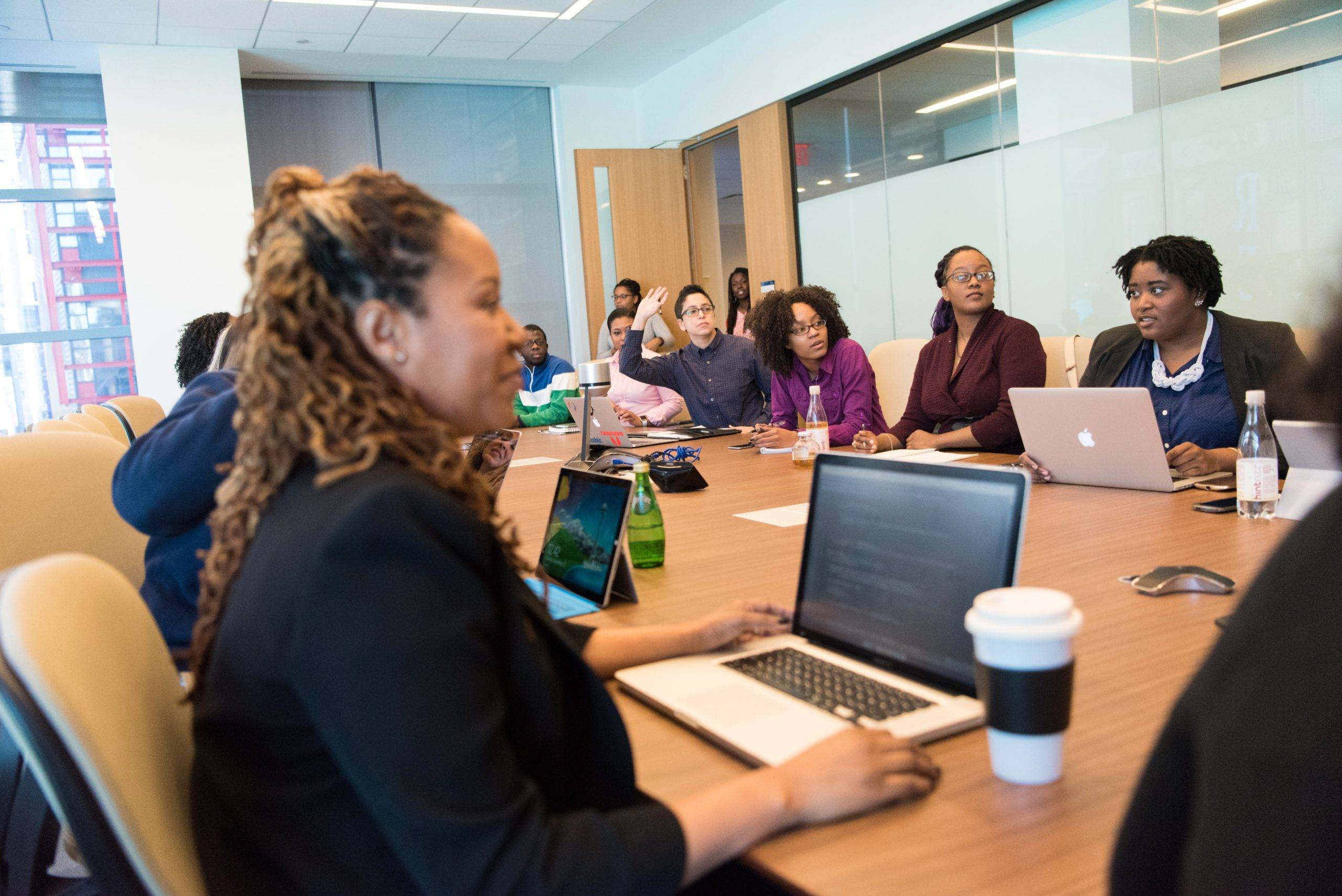Top 8 Employee Onboarding Best Practices
Employee’s in Poughkeepsie will leave for a variety of reasons. More often than not, the decision has built up over time. The benefits of an organized employee onboarding process are not always obvious, but the lack of a good onboarding process will hurt in the long run. The onboarding process is the first impression that an employee has of the company, and like most first impressions, onboarding matters.
Suggestions for what-not-to-do in onboarding design are short and tangible. Let’s start:
- Don’t confuse onboarding with orientation. Onboarding is the process of assimilating a new employee into the working environment, often accounted for by the first 60-100 days. On the other hand, orientation is a one-time meeting that gives a chance to meet-and-greet leadership, get important information, and receive a formal welcome.
- Don’t consider onboarding an HR function. While the segment that oversees People, Operations, and/or Human Resources will be helpful in the logistics of getting your employee ready to work, your new employee was ultimately hired for a specific job. The hiring manager is responsible for ensuring that their latest teammate addition is set up for success.
The first 60 days is “baking time” for the employee and company culture. As they learn the formal and informal rhythms of business, new hires will adjust and assimilate accordingly. For example, if the onboarding experience is chaotic, disorganized, and informal, the new hire may take that impression into their attitude at work. Alternatively, an organized, welcoming, and impactful onboarding process is a motivating launchpad for the employee to get started and contribute.
Onboarding duties should be divided into two categories, HR-owned and manager-owned, and there should be clarity around who performs what. In the case of a company without formal HR, managers should expect to be hands-on in onboarding. Here are five best practices for effective employee onboarding:
- Start the excitement as soon as the offer has been accepted! Starting the stream of communication and information before the new hire’s first day of work better prepares them to start.
- Make the welcome experience as personal as possible. Ideas include:
- A welcome email, video, or call.
- An opportunity to meet with other members of the team.
- Welcome packages, which are trendy these days. It can be a simple notebook and pen, but something tangible that shows you care about their success.
- Set up a regular one-on-one schedule. This is perhaps the most critical action item for managers as they onboard their new team members. One-on-one time is some of the most formative in an employee’s professional development, and it is especially important for the working relationship.
- Define success in the role. What does success look like? Giving clear job and organizational expectations can be a huge preventative for mistakes or miscommunication.
- Include senior leaders. The best way to show employees that their executive team cares is to have an interaction. Senior leaders can be weaved into the onboarding process in a variety of ways:
- Formally where the functional leader explains a little about what they do. How does their department fit into the overall business strategy of the company? What are current projects ongoing? How did the leader come into their position? While the contribution of senior leaders during orientation will largely depend on the size of the company, it’s always relevant for new employees to meet their department leader.
- Informally through a casual tour of the facility or coffee.
- Get feedback from new employees. The goal is to create an intentional, helpful, and clear onboarding training, so design a survey to collect that information. Ideally, both new employees and their managers are surveyed.
Good onboarding from day 1 sets new employees up for success on day 100 and beyond. Employers with an organized and thorough onboarding program often have better retention outcomes because it signals a methodical approach to building a place where people want to work—employer branding matters in recruiting top talent. At SMART Staffing Group, Inc., we help businesses in the Hudson Valley region build a strategy around talent and staffing. We are a Certified Minority and Woman-Owned business that has served the community since 2014.

